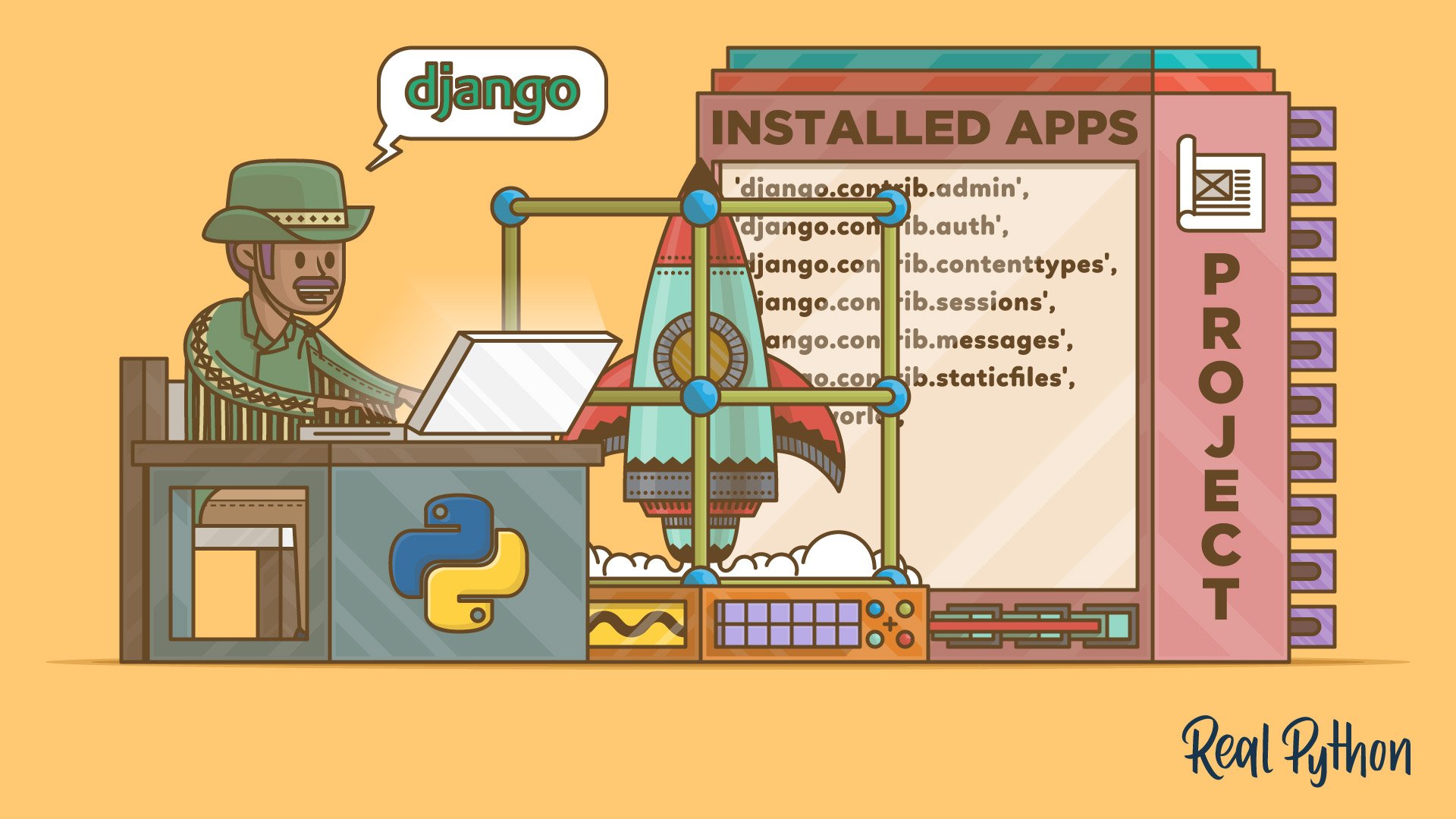Designing Fault-Tolerant Software with Django
Building software that can withstand failures is essential for high availability and reliability. In this post, we'll explore strategies for designing fault-tolerant Django applications, ensuring they continue functioning even in the face of failures.
1. Architectural Strategies
Microservices and Modular Design
Designing your Django application using a modular architecture ensures that individual components can fail without bringing down the entire system. Microservices communicate via APIs, making it easier to isolate failures.
Database Replication & High Availability
Using PostgreSQL with streaming replication or Patroni for high availability ensures that database failures do not cause downtime. Load balancers can redirect queries to a replica when the primary database fails.
DATABASES = {
'default': {
'ENGINE': 'django.db.backends.postgresql',
'NAME': 'main_db',
'USER': 'user',
'PASSWORD': 'password',
'HOST': 'primary-db.server.com',
'PORT': '5432',
},
'replica': {
'ENGINE': 'django.db.backends.postgresql',
'NAME': 'main_db',
'USER': 'user',
'PASSWORD': 'password',
'HOST': 'replica-db.server.com',
'PORT': '5432',
'TEST': {
'MIRROR': 'default',
},
}
}2. Error Handling & Resilience
Circuit Breakers for External API Calls
If an external API fails, Django should not keep retrying indefinitely. Using circuit breakers prevents cascading failures.
import pybreaker
import requests
api_breaker = pybreaker.CircuitBreaker(fail_max=3, reset_timeout=60)
@api_breaker
def fetch_external_api():
response = requests.get("https://api.example.com/data")
response.raise_for_status()
return response.json()Graceful Degradation with Caching
If an API or database fails, Django should return cached or fallback data instead of crashing.
from django.core.cache import cache
import requests
def get_farming_tips():
cache_key = "farming_tips"
cached_data = cache.get(cache_key)
if cached_data:
return cached_data
try:
response = requests.get("https://api.farmingtips.com/latest")
response.raise_for_status()
data = response.json()
cache.set(cache_key, data, timeout=3600) # Cache for 1 hour
return data
except requests.RequestException:
return {"message": "Using offline farming tips"}3. Async Processing with Celery
Using Celery with Redis ensures long-running tasks do not slow down user requests.
from celery import shared_task
import time
@shared_task
def process_large_data():
time.sleep(10) # Simulating a long-running task
return "Data processed"To call the task asynchronously:
from myapp.tasks import process_large_data
result = process_large_data.delay()
print("Task started:", result.id)4. Self-Healing with Health Checks
Django should expose a health check endpoint that monitoring tools can use to detect failures.
from django.http import JsonResponse
def health_check(request):
return JsonResponse({"status": "OK"}, status=200)Kubernetes or a load balancer can check this endpoint to restart failing instances.
5. Chaos Engineering (Testing Fault Tolerance)
To ensure Django applications handle failures properly, inject failures using Chaos Toolkit.
{
"title": "Kill a random database connection",
"method": [
{
"type": "action",
"name": "terminate_db_connection",
"provider": {
"type": "python",
"module": "chaosdb.actions",
"func": "kill_connection",
"arguments": {
"db": "postgresql"
}
}
}
]
}Run the experiment:
chaos run experiment.jsonFinal Thoughts
To build fault-tolerant Django applications:
✅ Use circuit breakers to prevent cascading failures
✅ Implement graceful degradation with caching
✅ Use Celery for async processing
✅ Implement database replication and failover
✅ Enable health checks for self-healing
✅ Perform chaos testing to identify failure points
By designing Django applications with these strategies, your software will be resilient and reliable in production. 🚀
Get in Touch with us
Related Posts
- Temporal × 本地大模型 × Robot Framework 面向中国企业的可靠业务自动化架构实践
- Building Reliable Office Automation with Temporal, Local LLMs, and Robot Framework
- RPA + AI: 为什么没有“智能”的自动化一定失败, 而没有“治理”的智能同样不可落地
- RPA + AI: Why Automation Fails Without Intelligence — and Intelligence Fails Without Control
- Simulating Border Conflict and Proxy War
- 先解决“检索与访问”问题 重塑高校图书馆战略价值的最快路径
- Fix Discovery & Access First: The Fastest Way to Restore the University Library’s Strategic Value
- 我们正在开发一个连接工厂与再生资源企业的废料交易平台
- We’re Building a Better Way for Factories and Recyclers to Trade Scrap
- 如何使用 Python 开发 MES(制造执行系统) —— 面向中国制造企业的实用指南
- How to Develop a Manufacturing Execution System (MES) with Python
- MES、ERP 与 SCADA 的区别与边界 —— 制造业系统角色与连接关系详解
- MES vs ERP vs SCADA: Roles and Boundaries Explained
- 为什么学习软件开发如此“痛苦” ——以及真正有效的解决方法
- Why Learning Software Development Feels So Painful — and How to Fix It
- 企业最终会选择哪种 AI:GPT 风格,还是 Gemini 风格?
- What Enterprises Will Choose: GPT-Style AI or Gemini-Style AI?
- GPT-5.2 在哪些真实业务场景中明显优于 GPT-5.1
- Top Real-World Use Cases Where GPT-5.2 Shines Over GPT-5.1
- ChatGPT 5.2 与 5.1 的区别 —— 用通俗类比来理解














